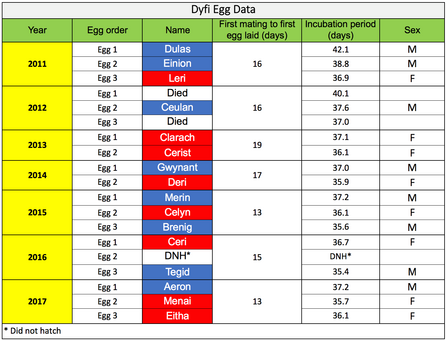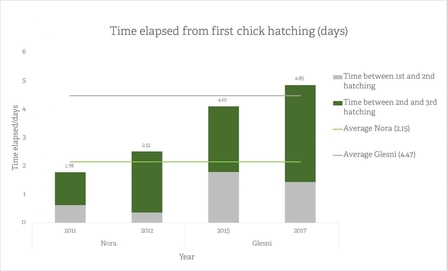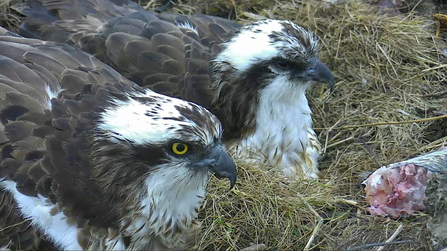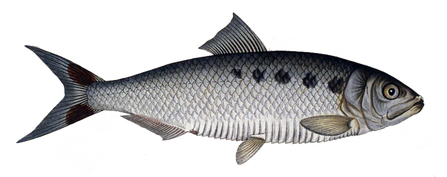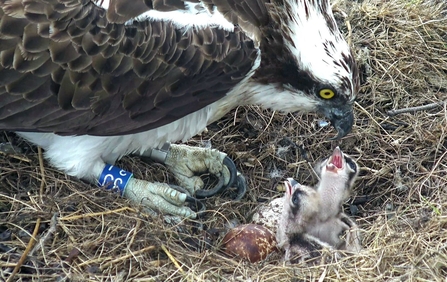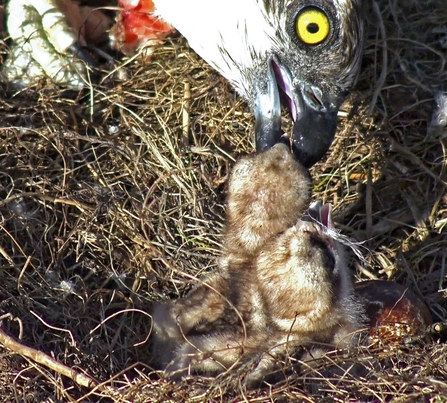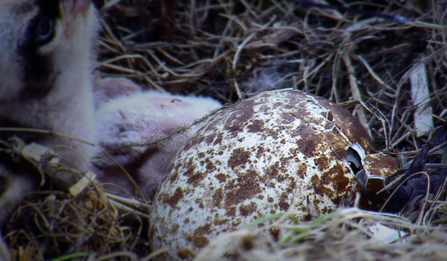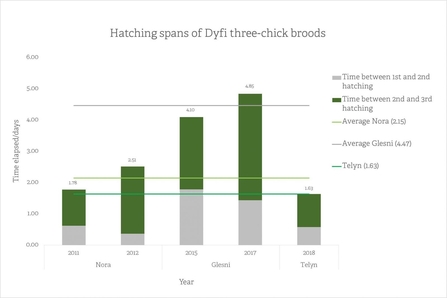Telyn is a mother for the first time.
This blog will be work in progress over the weekend, summarising in time-order as things happened.
Friday - June 1st
An osprey's first egg usually hatches at around 37 days. A second egg usually a day less and third a day less again, 35 days (they generally decrease fractionally in size as they are laid).
So by DAY 40, were we worried that we hadn't had a hatching yet? No, not really.
Previous Dyfi incubation times:

